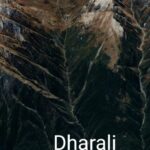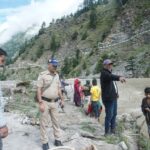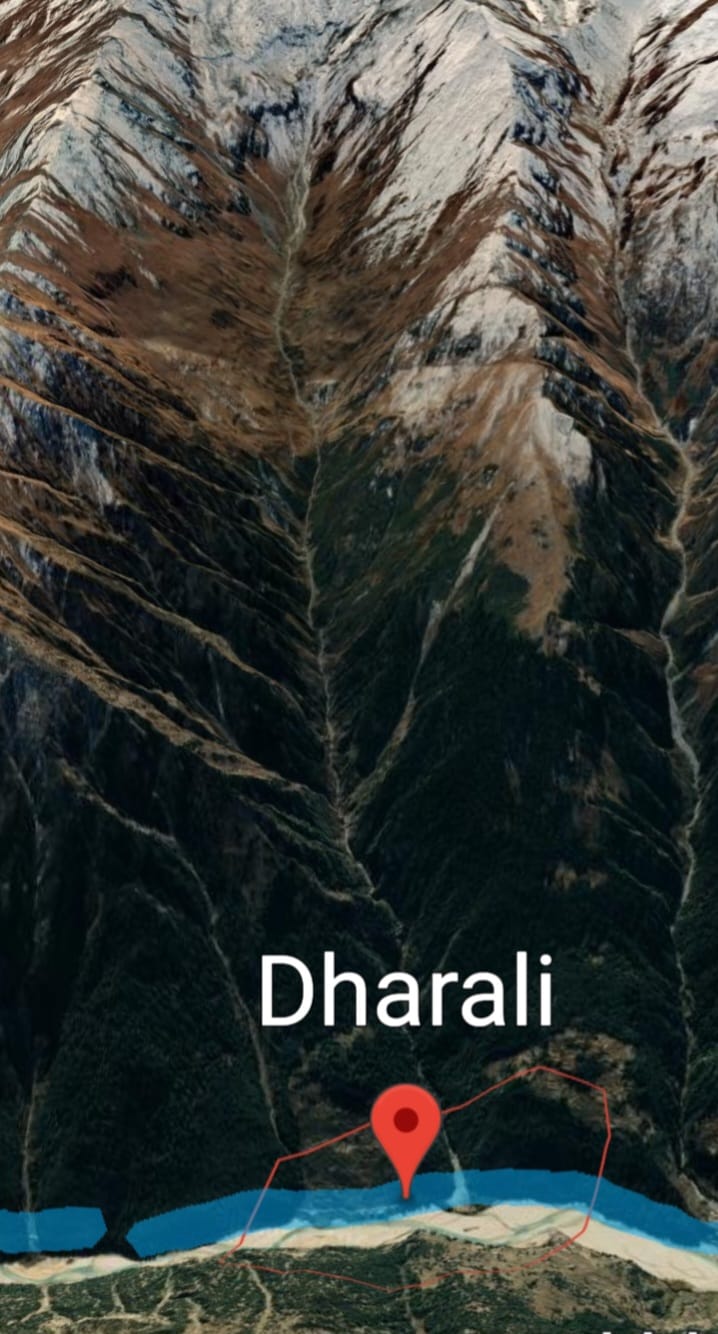Dharali Disaster: Scientists Baffled by Cause, Cloudburst or Glacier Lake?
Dharali disaster cause : Dehradun, August 12, 2025: In Dharali, a place that has become a symbol of nature’s wrath, the truth of what happened that afternoon remains unknown. Was it a cloudburst? A glacial lake outburst? Or something else? Scientists are struggling to find answers, studying the event and investigating its causes. Despite their efforts, it remains a mystery, with the scientists’ own theories and predictions often seeming contradictory.
Initially, on August 5, it was suggested that a cloudburst was the cause of the devastation. However, this theory was debunked when senior scientists received rainfall data from the area. The data showed that only about 10-12 mm of rain was recorded in the affected area. According to the scientific definition, a cloudburst occurs when 100 mm of rain falls in a limited area within one hour. Scientists also believe that cloudbursts are very rare in high-altitude Himalayan regions (above 9,000 feet).
With the cloudburst theory dismissed, suspicions turned to a glacial lake outburst. But this, too, was proven wrong when the National Remote Sensing Centre released satellite images. These images, taken about a year ago, showed no sign of a glacial lake in the area. Scientists believe it’s highly unlikely that a lake capable of causing such a massive disaster could have formed within a year.
A closer look at the geography of the Harshil Valley reveals three ridges (slopes between two mountains, shaped like a channel) above the valley. These ridges are formed by faults in glaciers and are part of the same mountain range. The three rivers that caused the destruction in Harshil Valley—Kheerganga, Tel Ganga, and Bhela Nadi—flow down from these ridges. This time, all three rivers experienced a massive surge. The Kheerganga, which originates from the Srikant mountain, was the one that destroyed Dharali. Similarly, the Tel Ganga, originating from the Mainak and Himal glaciers, wreaked havoc in Harshil. The Bhela Nadi, which comes from the Awana glacier, did not cause any loss of life or property as there was no settlement nearby.
A similar flood from these same ridges occurred in 2022, but the damage was not as severe. Scientists are now speculating that while the meteorological department’s data is for the Harshil region, there is no rain gauge at the exact spot from where the tsunami-like waves came down towards Dharali. This creates doubt about the initial conclusion that a cloudburst did not happen in that specific area. While experts will eventually find the answer, we must focus on finding a solution to prevent such disasters in the future.





